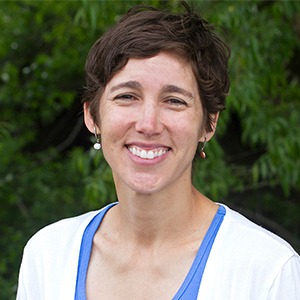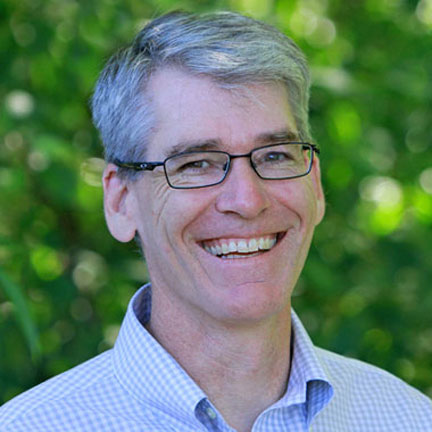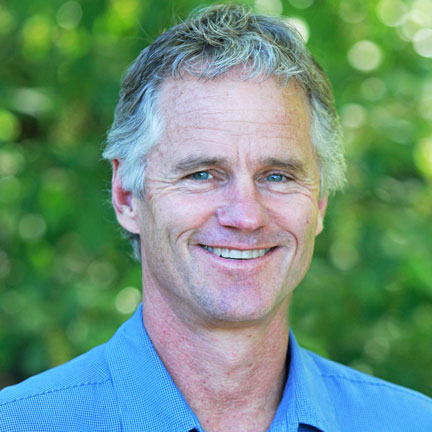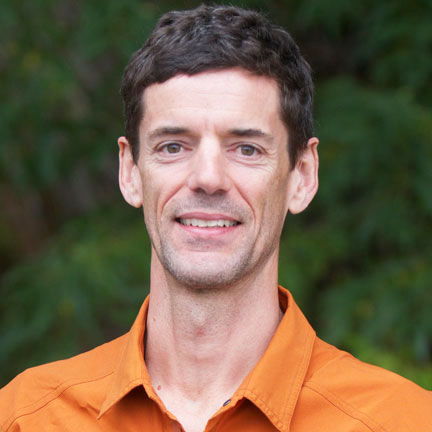-

National interactive map and charts show Medicaid-dependent counties and populations at risk. Read more
-

A guide to planning for the long-term social, economic and environmental well-being of the community of Colstrip, Montana. Read more
-

While most western rural counties are aging and losing young families, the loss of school kids in rural western counties with protected lands such as National Monuments was, on average, less than half the rate of loss for similar counties without protected lands. Read more
-

The wildfires that burned the edge of the Great Smoky Mountains National Park devastated nearby communities and underscore the need to reduce the risks and costs of future catastrophic events. Read more
-

The new Administration’s plans to remove coal regulations should not dampen efforts to shift coal transition planning West to assist displaced workers and diversify coal-dependent communities. Read more
-

Trails are good for people, but the health and social benefits of trails are not equally available to everyone. Read more
-

Many people talk about trails and quality of life, but how do we measure and obtain it? Read more
-

This blog draws on federal data and research to describe more about the local economies of the communities dependent on federal coal. Read more
-

Lower overall coal generating capacity—the outcome of coal fired power plant retirements and a demand for coal that rises and falls depending on natural gas prices—will create new volatility for coal jobs and for counties, schools, and states that depend on tax revenues from coal. Read more
-

Mapping and understanding communities at risk from wildfires just became easier with a new interactive tool generated by Headwaters Economics. Read more
-

Updated tools, research, and studies on the benefit of trails to communities and local citizens. Read more
-

How national wildlife refuge payments–especially important to rural counties–could be reformed and funded. Read more
-

Five urban areas in the West and Southwest are taking steps to mitigate wildfire risks and costs through the perspective of land use planning. Read more
-

Headwaters Economics has updated its Trails Library to include 105 studies on trails, searchable by benefit, use, year, and region. Read more
-

Understanding the local economy, and how it compares to peers, is a crucial part of smart community and economic development. Several new tools, utilizing the latest data (through 2014), now are available for every county in the nation. Read more
-

Many Congressional Districts benefit from LWCF, and Republican Districts have seen disproportionate LWCF investment for federal land acquisition. Read more
-

Understanding what drives the local economy is crucial to smart community and economic development. This map provides detailed socioeconomic reports for every county. Read more
-

Despite being known for its rural landscapes, the West is surprisingly urban. Read more
-

In the West today, what economic sectors are driving the economy and make up the growing workforce? Read more
-

The Office of Natural Resources Revenue recently proposed a new rule that would change the way federal coal is valued for royalty purposes. Will it hurt the industry? Yes and No. Read more